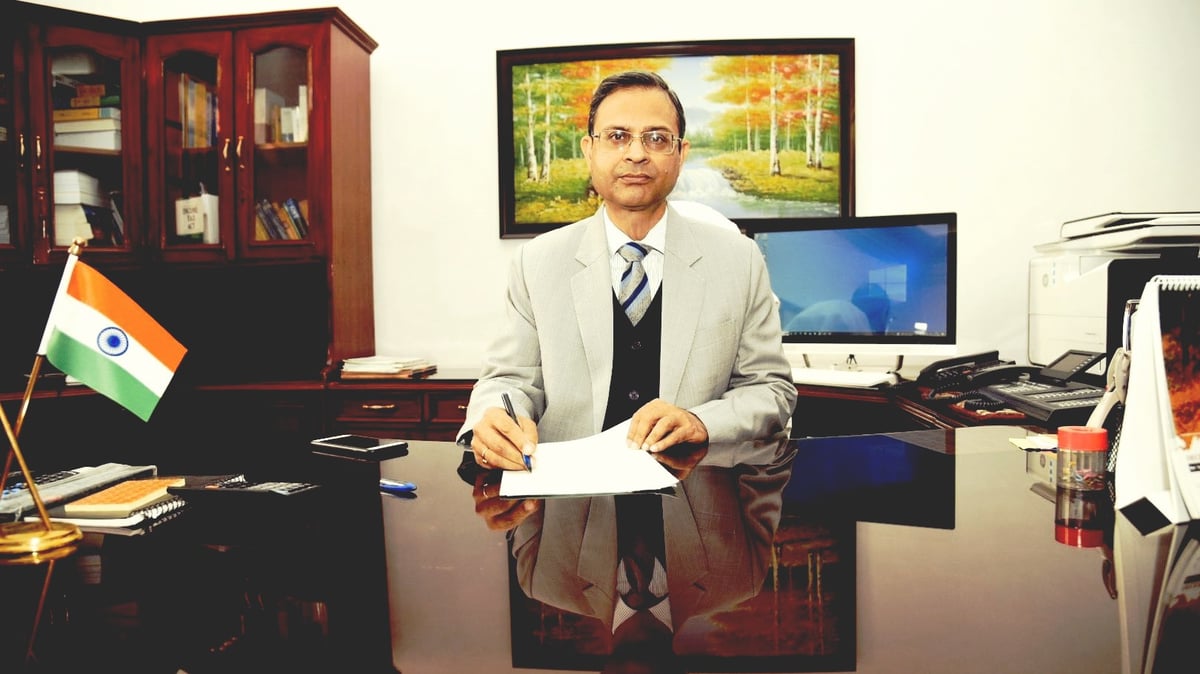Mumbai: The appointment of Sanjay Malhotra as the 26th Governor of the Reserve Bank of India (RBI) has come at a time the nation is at an inflection point in the economic trajectory and grappling with challenges ranging from inflationary pressures to slowing GDP growth.
Who Is Sanjay Malhotra?
A seasoned bureaucrat, Malhotra, 56, is a 1990-batch IAS officer of the Rajasthan cadre. An engineering graduate in computer science from the prestigious Indian Institute of Technology (IIT), Kanpur, and a holder of a Master’s degree in Public Policy from Princeton University, he carries with him a baggage of technical expertise and policy acumen. He has held key assignments at both Centre and in states, covering critical areas such as finance, taxation, power, information technology, and mines.
In his most recent role as Revenue Secretary in the Ministry of Finance, Malhotra oversaw pivotal tax policy decisions and drove buoyant tax collections, a cornerstone of India’s fiscal health. His prior tenure as Secretary of the Department of Financial Services saw him steering reforms in India’s banking and financial sectors, fortifying the resilience of public sector banks and fostering financial inclusion. Notably, Malhotra also chaired REC Ltd., guiding the state-run enterprise through phases of robust growth.
Malhotra steps into the Mint Street office just when the GDP growth rate for the April-to-June quarter has decelerated to 6.7%, the slowest in five quarters. While the nation remains one of the fastest-growing large economies, persistent inflation above the RBI’s comfort zone and global economic uncertainties pose formidable obstacles.
Navigating a Policy Tightrope Complicating matters further is the monetary policy dilemma. Interest rates have remained unchanged since February 2023, even as global central banks, including the US Federal Reserve, have begun easing theirs. Domestically, calls for rate cuts to spur economic activity have grown louder, especially in light of subdued Q2 GDP figures.
At the same time, external factors such as geopolitical tensions, a potential global recession, and China’s economic slowdown add layers of complexity to the policy environment Malhotra must navigate.
Shaktikanta Das’ Successor
Sanjay Malhotra has succeeded Shaktikanta Das, whose six-year tenure stabilised the RBI’s position during turbulent times. Das adeptly handled challenges such as the aftermath of demonetisation, the COVID-19 pandemic, and a fraught government-RBI relationship that preceded his tenure. His leadership ensured a balance between growth and inflation management, earning him international accolades, including being twice ranked the top central banker by Global Finance magazine.
Under Das, the RBI delivered a historic dividend of Rs 2.11 lakh crore and maintained economic growth above 7% during his last four years in office. Malhotra inherits a central bank that has regained public and market confidence, but he also faces heightened expectations to sustain this momentum.
